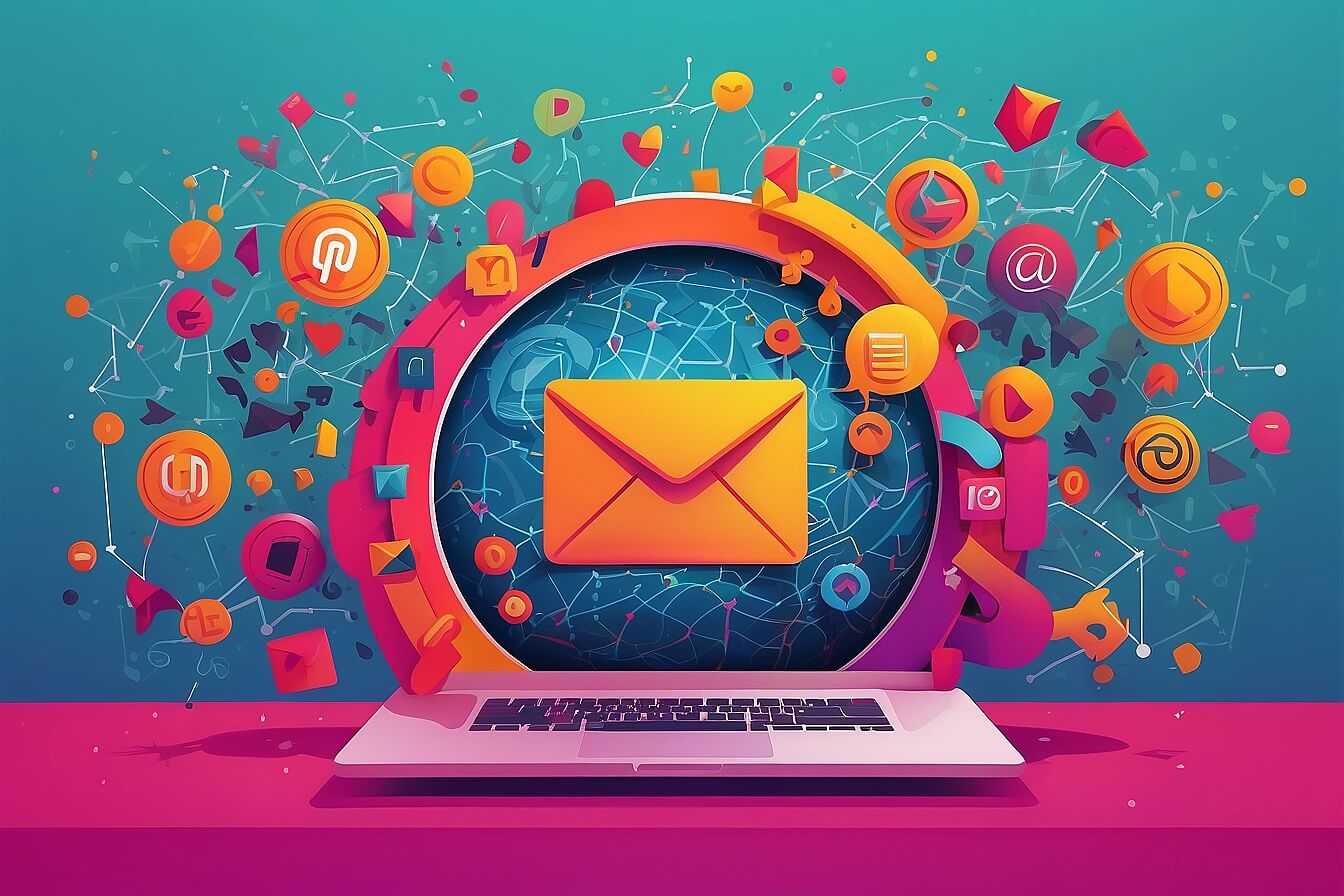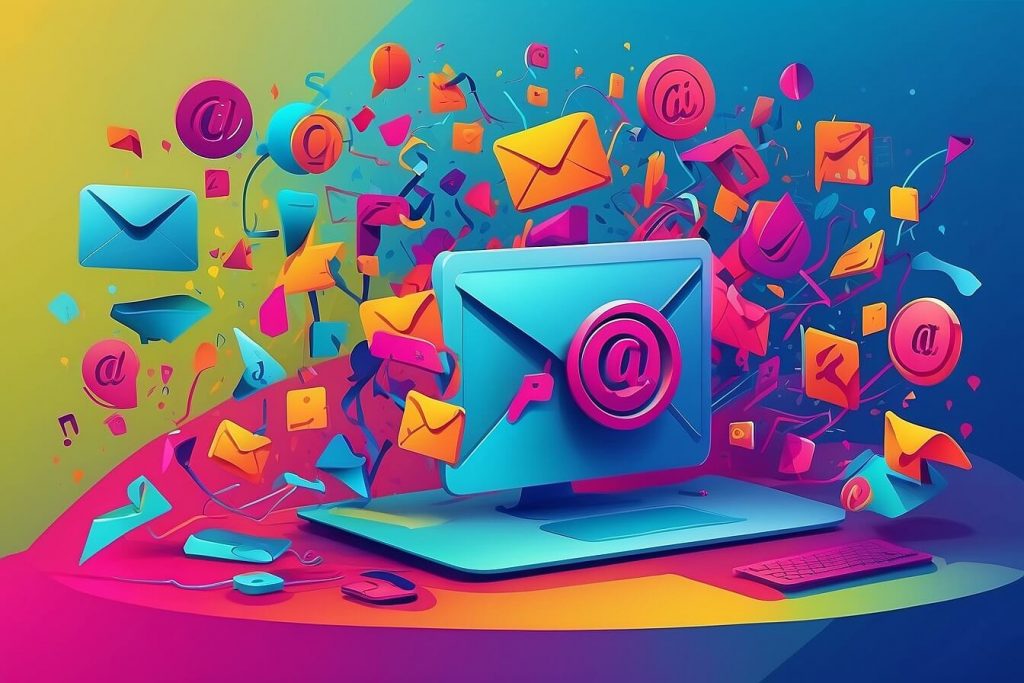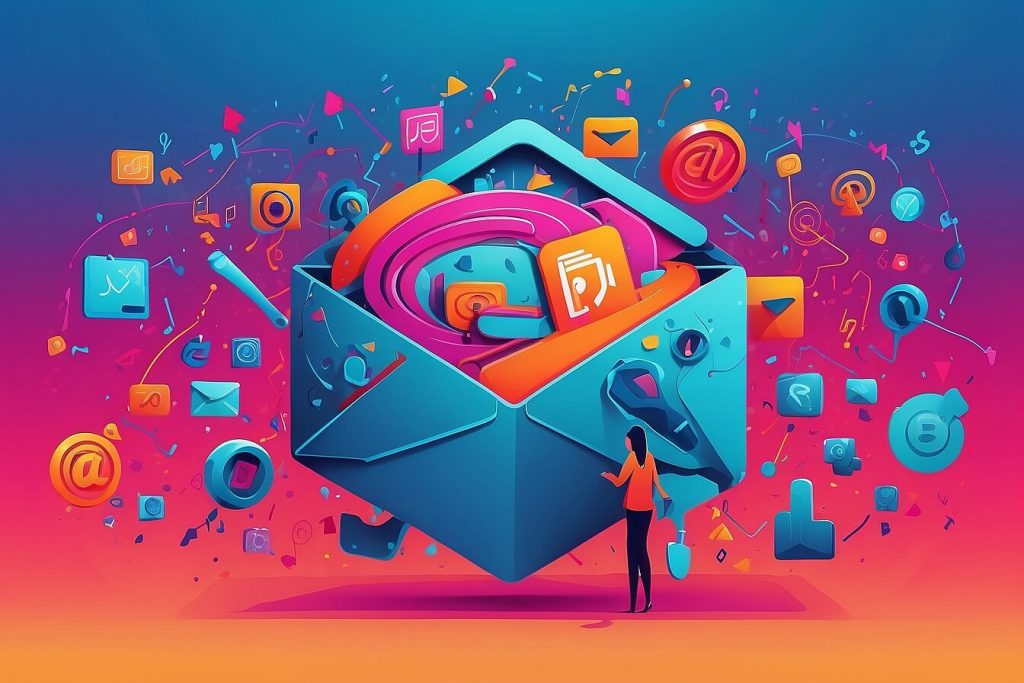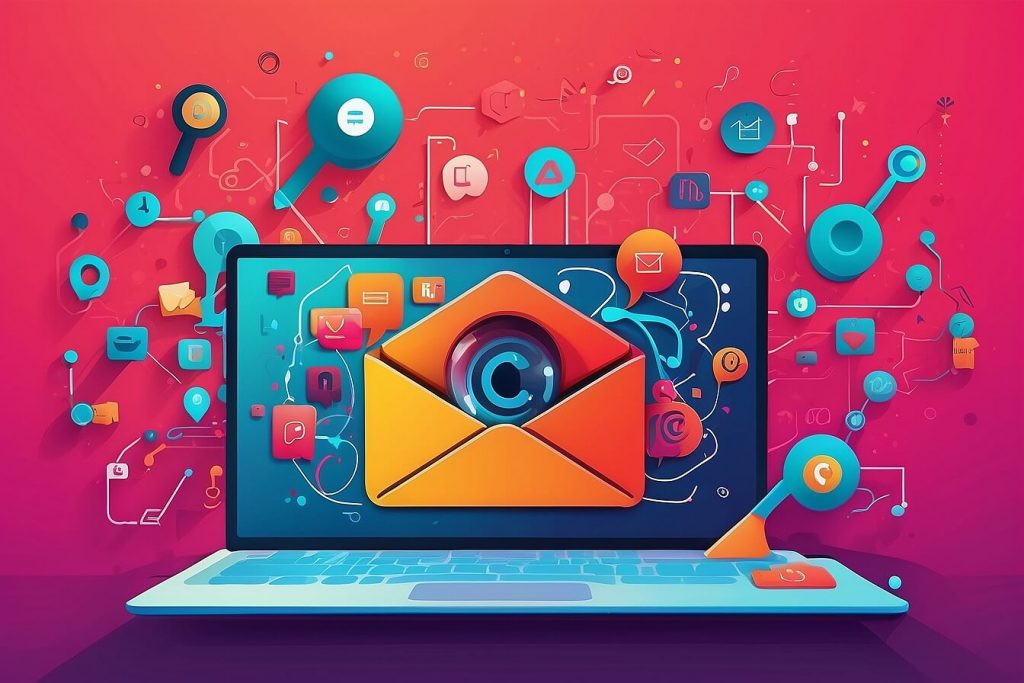The Importance of Email Segmentation in Marketing Campaigns
Email segmentation plays a crucial role in the success of marketing campaigns. By dividing your email list into smaller, targeted segments based on specific criteria, you can tailor your messages to the unique interests and needs of each group. This level of personalization allows you to deliver more relevant content and offers, increasing engagement and ultimately driving higher conversion rates. Moreover, email segmentation enables you to send the right message to the right audience at the right time, enhancing the overall effectiveness of your marketing efforts.
Not only does email segmentation improve the relevance of your communications, but it also helps to cultivate stronger relationships with your subscribers. By understanding their preferences and behavior, you can create a more personalized experience that resonates with their needs and interests. This not only increases customer satisfaction but also builds trust and loyalty. Additionally, segmenting your email list allows you to design targeted campaigns that address specific pain points or challenges faced by different segments, further strengthening your connection with your audience. Ultimately, implementing effective email segmentation strategies can significantly boost the success of your marketing campaigns and drive better results for your business.
Understanding the Role of Artificial Intelligence in Email Segmentation
Artificial Intelligence (AI) has revolutionized various industries, and email marketing is no exception. In the realm of email segmentation, AI plays a crucial role in enhancing targeting and personalization strategies. By leveraging AI algorithms and machine learning, marketers can analyze large volumes of customer data, extract valuable insights, and classify subscribers into relevant segments with precision and efficiency. The use of AI in email segmentation enables marketers to move beyond traditional demographic-based segmentation to more sophisticated and dynamic approaches that take into account individual behaviors, preferences, and interests.
One significant advantage of using AI-driven email segmentation is the ability to deliver highly personalized content to each subscriber. AI algorithms can analyze vast amounts of data in real-time, quickly identifying patterns, trends, and correlations that human marketers may have overlooked. This data-driven approach allows marketers to craft personalized email campaigns, tailored to individual subscriber preferences, ensuring a more engaging and relevant experience. Additionally, AI can continuously optimize email segmentation strategies by learning and adapting based on user engagement and response, leading to higher conversion rates and improved overall campaign performance.
Key Benefits of Implementing AI-Driven Email Segmentation Strategies
AI-driven email segmentation strategies offer several key benefits for marketers. One significant advantage is the ability to personalize email communication at scale. By leveraging artificial intelligence algorithms, marketers can analyze vast amounts of customer data to create highly targeted and relevant email campaigns. This level of personalization enhances customer engagement and fosters a sense of connection between the brand and the recipient.
Another benefit of AI-driven email segmentation is improved campaign performance. By categorizing subscribers based on their preferences, behaviors, and demographics, marketers can create tailored content that resonates with each segment. This leads to higher open rates, click-through rates, and conversion rates, ultimately driving more revenue for the business. Furthermore, AI-driven segmentation allows for continuous optimization and refinement of campaigns, as the algorithms analyze real-time data to identify trends and make data-driven decisions. Overall, implementing AI-driven email segmentation strategies empowers marketers to deliver the right message to the right audience, resulting in more effective and successful email marketing campaigns.
How AI-Driven Email Segmentation Enhances Customer Personalization
AI-driven email segmentation plays a crucial role in enhancing customer personalization. By leveraging advanced algorithms and machine learning techniques, marketers can now categorize their email subscribers into distinct segments based on various factors such as demographics, behavior, preferences, and engagement levels. This enables them to deliver highly targeted and personalized content to each segment, ensuring that customers receive relevant emails that cater to their specific needs and interests. With personalized emails, customers are more likely to engage with the content, which can lead to increased open rates, click-through rates, and ultimately, improved sales and conversions.
Moreover, AI-driven email segmentation allows marketers to go beyond basic demographic information and understand their customers on a deeper level. By analyzing customer data and behavioral patterns, AI-powered systems can predict customer preferences, anticipate their needs, and provide them with personalized recommendations. This level of personalization not only enhances the customer experience but also fosters a sense of loyalty and trust towards the brand. Customers feel valued when they receive emails that are tailored to their individual preferences, leading to higher customer satisfaction and increased brand loyalty.
Best Practices for Implementing AI-Driven Email Segmentation
Once you have decided to implement AI-driven email segmentation in your marketing campaigns, there are several best practices to keep in mind. First and foremost, it is crucial to clearly define your objectives and goals. Knowing what you hope to achieve through segmentation will help guide your decision-making process and ensure that your strategies align with your overall marketing strategy.
Another best practice is to conduct thorough research and gather relevant data. This includes collecting information about your target audience, their preferences, behaviors, and demographics. The more data you have, the more accurate and effective your segmentation efforts will be. Additionally, utilizing AI tools or platforms that have advanced analytics capabilities can help you analyze this data and gain valuable insights for segmentation. By following these best practices, you can enhance the effectiveness of your AI-driven email segmentation and maximize your marketing efforts.
Common Challenges and Solutions in AI-Driven Email Segmentation
One of the common challenges in AI-driven email segmentation is the lack of accurate and relevant data. AI algorithms rely heavily on data to make informed decisions and create effective segments. However, organizations often struggle to gather enough data or obtain high-quality data that is reliable and up-to-date. This can result in inaccurate segmentation and ineffective targeting of email campaigns.
Another challenge is the complexity of AI-driven email segmentation. Implementing AI algorithms and integrating them into existing marketing systems can be a daunting task. It requires technical expertise and resources to ensure seamless integration and optimal performance. Additionally, organizations may face resistance from employees who are unfamiliar or uncomfortable with AI technology, creating further challenges in the implementation process. However, with proper planning, training, and support, these challenges can be overcome, and organizations can unlock the full potential of AI-driven email segmentation strategies.
How to Choose the Right AI-Driven Email Segmentation Tools
When it comes to choosing the right AI-driven email segmentation tools, there are several factors that marketers should consider. First and foremost, it’s important to evaluate the features and capabilities of the tool. Look for tools that offer advanced segmentation algorithms and machine learning capabilities, as these can help you create more precise and targeted segments for your email campaigns. Additionally, consider the ease of use and user interface of the tool. It should be intuitive and user-friendly, allowing you to easily navigate and make the most of its functionalities.
Another crucial aspect to consider is the integration capabilities of the tool. Ensure that it can seamlessly integrate with your existing email marketing platform or CRM system. This will enable you to leverage your existing customer data and utilize the segmentation tool to its fullest potential. Additionally, look for tools that offer robust reporting and analytics features. These insights will help you measure the effectiveness of your email segmentation strategies and make data-driven decisions to optimize your campaigns. Last but not least, take into account the pricing structure of the tool and compare it with your budget and expected return on investment.
Case Studies: Successful Implementation of AI-Driven Email Segmentation
Email segmentation is a crucial aspect of any successful marketing campaign. By dividing your email list into smaller, targeted segments, you can deliver personalized and relevant content to your subscribers. Implementing artificial intelligence (AI) in email segmentation can take your marketing efforts to the next level. Several case studies have highlighted the successful implementation of AI-driven email segmentation strategies, showcasing the benefits it brings to businesses.
One such case study involves a clothing retailer that used AI-driven email segmentation to improve customer engagement and conversions. By analyzing customers’ previous purchase behaviors and preferences, the retailer was able to create highly personalized email campaigns. As a result, they saw a significant increase in open rates and click-through rates, leading to a boost in sales. The AI algorithms enabled the retailer to send tailored recommendations and offers to each customer, making the emails more relevant and engaging.
Future Trends and Innovations in AI-Driven Email Segmentation
One of the key future trends in AI-driven email segmentation is the integration of machine learning algorithms. As AI technology continues to evolve, businesses are finding new ways to harness the power of machine learning to enhance their email segmentation strategies. These algorithms can analyze vast amounts of customer data and identify patterns and trends that humans may not be able to detect. By incorporating machine learning into email segmentation, marketers can deliver more personalized and relevant content to their audience, resulting in higher engagement and conversion rates.
Another exciting innovation on the horizon for AI-driven email segmentation is the use of natural language processing (NLP) techniques. NLP allows machines to understand and interpret human language, enabling marketers to analyze email content and customer responses more effectively. With NLP, businesses can gain valuable insights into customer sentiment, preferences, and needs, helping them tailor their email campaigns even further. By leveraging NLP in email segmentation, marketers can ensure that their messages resonate with customers on a deeper level, fostering stronger customer relationships and driving business growth.
Measuring and Analyzing the Impact of AI-Driven Email Segmentation Strategies
Successful email marketing campaigns rely on effective segmentation strategies to target the right audience with personalized content. With the advent of artificial intelligence (AI), email marketers now have powerful tools at their disposal to segment their email lists more accurately than ever before. But how can we measure and analyze the impact of AI-driven email segmentation strategies?
One key metric to consider is the open rate. AI-driven email segmentation allows marketers to send targeted emails based on factors such as demographics, past purchase behavior, and engagement history. By segmenting their audience and tailoring content accordingly, marketers can expect to see a significant increase in the open rate. This is because recipients are more likely to engage with emails that are relevant to their interests and needs. Thus, a higher open rate can be an indicator of the effectiveness of AI-driven email segmentation in capturing the attention of the intended audience.




